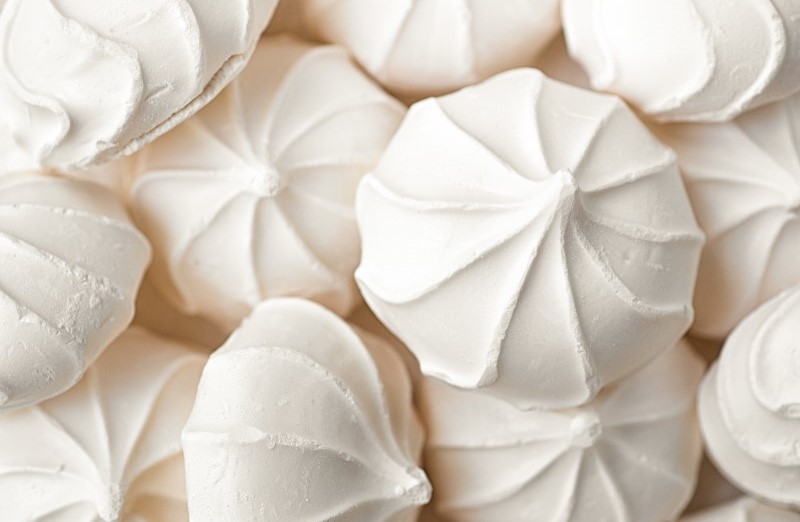
Th12 . 11, 2024 11:07 Back to list
Titanium Dioxide as an Essential Component in Modern Pigment Formulations
The Role of TiO2 in Pigments A Comprehensive Overview
Titanium dioxide (TiO2) is a versatile compound that has become a cornerstone in the production of pigments used in various industries. Renowned for its exceptional brightness, opacity, and non-toxic nature, TiO2 has established itself as the pigment of choice in paints, coatings, plastics, and even food products. This article explores the significance of TiO2 in pigment applications, its properties, production methods, and the latest trends and challenges in the industry.
Properties of Titanium Dioxide
TiO2 exists in several crystalline forms, with the two most common being rutile and anatase. Rutile, known for its superior brightness, provides excellent hiding power and is primarily used in white paints and coatings. Anatase, on the other hand, is favored for its application in photocatalysis and high-performance products. Both forms exhibit high refractive indices, contributing to their effectiveness as pigments. In addition to their aesthetic qualities, TiO2 pigments are valued for their chemical stability, UV resistance, and resistance to fading, making them ideal for outdoor applications.
Production of TiO2 Pigments
The manufacturing of TiO2 pigments involves several processes, the most common being the sulfate and chloride processes. The sulfate process, which has been traditionally used, starts with the treatment of titanium ores (such as ilmenite) with sulfuric acid. This results in a titanium sulfate solution, which is subsequently hydrolyzed to produce TiO2. In contrast, the chloride process is more modern and involves the reaction of titanium ores with chlorine at high temperatures, producing titanium tetrachloride. This is then oxidized to yield high-purity TiO2. The chloride process is environmentally favorable and yields a finer, purer product, which is making it increasingly popular in the industry.
Applications in Various Industries
TiO2 is predominantly used in the paint and coatings industry, accounting for a significant share of its global consumption. Its ability to scatter light effectively ensures that surfaces treated with TiO2-based paints appear bright and vibrant. Additionally, the automotive industry employs TiO2 for its excellent durability and weather resistance, which are essential for maintaining the exterior of vehicles.
In the plastics sector, TiO2 is used to enhance the opacity and brightness of materials, thereby improving their visual appeal and efficiency. The food industry also utilizes TiO2 as a white pigment in products such as icing and dairy items, although its use is closely regulated to ensure consumer safety.
tio2 for pigment

Environmental Impact and Regulation
As concerns about environmental sustainability grow, the TiO2 pigment industry faces challenges related to its production processes and the ecological footprint of its operations. The chloride process is considered more environmentally friendly compared to the sulfate process; however, both methods require significant energy and can generate waste.
Regulatory bodies across the globe are scrutinizing the use of TiO2, particularly in consumer products. In recent years, some countries have moved to restrict its use in food and cosmetics due to potential health risks associated with inhalation of fine TiO2 particles. This has spurred research into safer alternatives and innovative formulations that maintain pigment performance while addressing health concerns.
Innovations and Future Trends
The future of TiO2 in pigment applications is increasingly intertwined with advancements in technology and sustainable practices. Researchers are exploring the production of eco-friendly TiO2 pigments using renewable resources and waste materials. Additionally, innovations in nanotechnology may lead to the development of TiO2-based pigments with enhanced properties, expanding their application scope.
Moreover, the demand for high-performance coatings and functional pigments is driving research into hybrid solutions that combine TiO2 with other materials. This could lead to novel products that offer improved durability and functionality, such as self-cleaning surfaces and energy-efficient coatings.
Conclusion
Titanium dioxide remains an essential component in the production of pigments, thanks to its outstanding properties and versatile applications. While the industry faces significant challenges regarding environmental impact and safety regulations, ongoing research and innovation hold promise for a sustainable future. By adapting to these challenges, TiO2 will continue to play a vital role in enhancing the aesthetics and functionality of numerous products across diverse industries. As the trend towards sustainability intensifies, the evolution of TiO2-based pigments will be crucial in shaping a more responsible and innovative future.
-
High Quality China Black Iron Oxide Powder Supplier Competitive Price & Fast Delivery
NewsJul.08,2025
-
High Quality Titanium Dioxide Used in Rubber – Trusted Supplier & Factory Price
NewsJul.08,2025
-
High Purity Barium Sulfate Particle Size - Wholesale Manufacturer from China
NewsJul.07,2025
-
Premium Titanium Dioxide Lomon R-996 Supplier – Quality & Wholesale Price from China
NewsJul.07,2025
-
Top Titanium Manufacturers in China - Quality Titanium Dioxide Supplier & Production Line Solutions
NewsJul.06,2025
-
OEM Titanium White Supplier & Factory – High Purity, Consistent Quality for Industrial Use
NewsJul.06,2025
